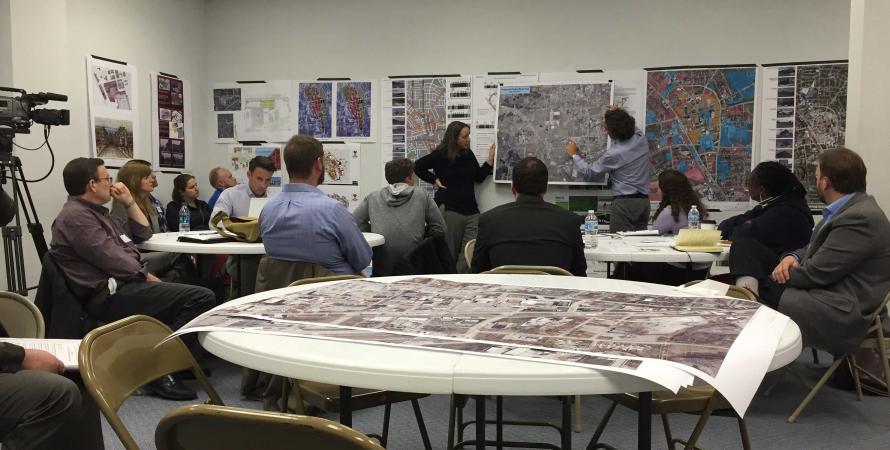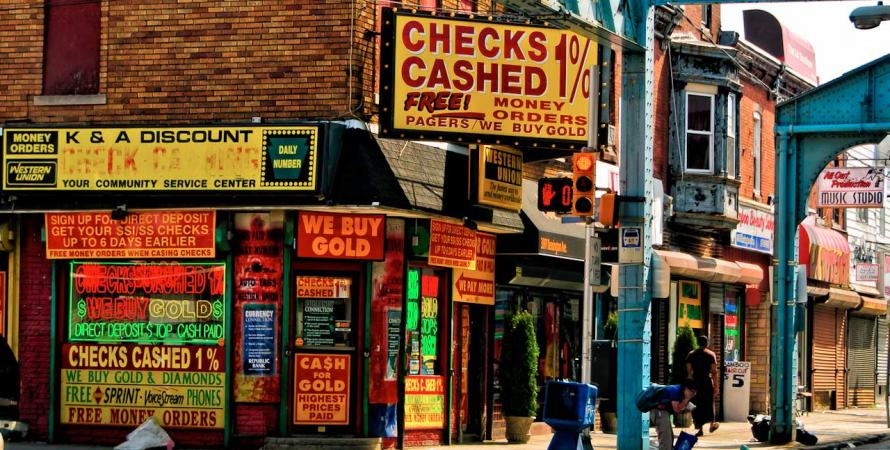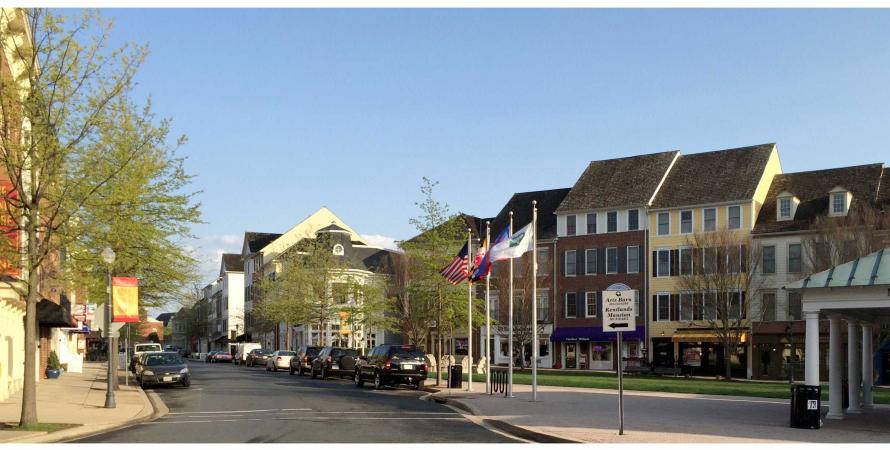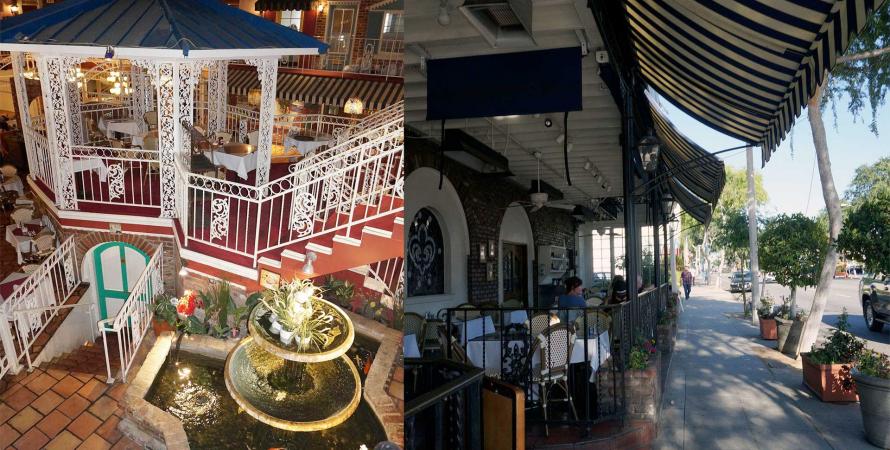-

From Ideas to Action: Cheaply, quickly, fairly
Last week, sociologist David Brain outlined strategies for a Lean charrette , which is a work-in-progress concept designed to match up with Lean Urbanism strategies. Opportunist that I am, I welcome that as an excuse to try Part 2 of the charrette discussion I offered here . Also, there’s this:...Read more -

Cities aren't a luxury good
For most of the 20th century, cities and their accoutrements were associated with immigrants, people of color, and relative economic deprivation. The very phrase “inner city” became a synonym of “poor,” and in certain contexts “urban” itself became a word that referred to people of color,...Read more -

Leaning toward live-work
Strong economic, demographic and household trends reveal a tremendous pent-up demand to use homes for employment, pressuring the marketplace to accommodate all types of live-work units.Note: This article was written as part of the Project for Lean Urbanism and edited for Public Square. Live-work units are among the oldest forms of housing. For centuries, cities, towns and villages included shophouses—often referred to as the original live-work unit—in which work, commerce and...Read more -

The rise and fall of Gay Urbanism in West Hollywood
The LGBT community created a sense of place out of the vast suburban landscape of LA and had a lasting impact on walkability.The civil rights protests of the 1960s-70s – from the marches of Martin Luther King to the walkouts of the Chicano movement – were powerful forces for social change across America. They also transformed the very urban fabric of American cities. I’ve devoted much of my career to researching and...Read more